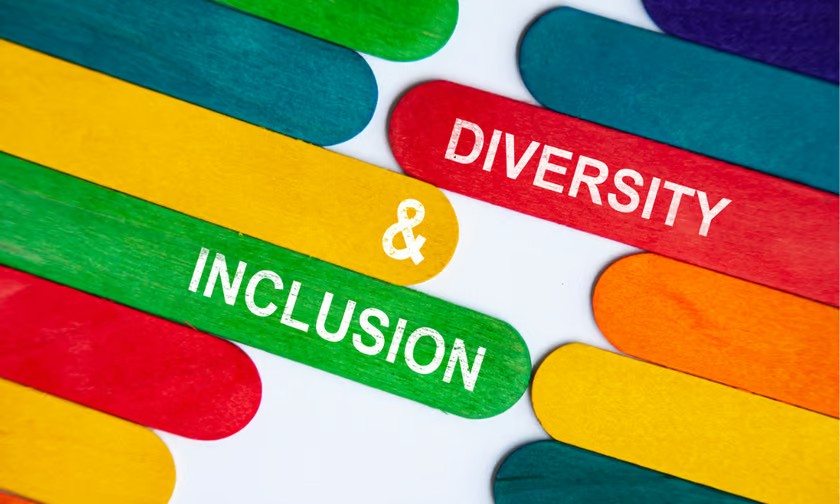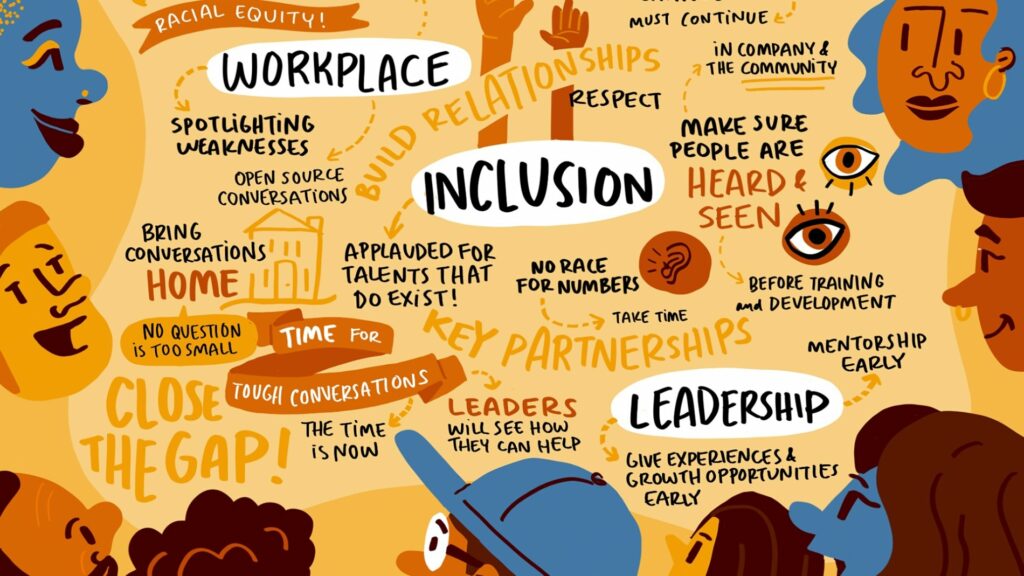In today’s interconnected world, the tech industry stands as a beacon of innovation and progress, shaping the way we live, work, and interact with one another. Diversity and inclusion have emerged as critical priorities across industries, and the tech sector is no exception. While the importance of diversity and inclusion may seem self-evident to some, it’s essential to understand the specific reasons why these principles are particularly crucial in the tech industry.
Understanding Diversity and Inclusion in Tech
A diverse workforce brings together individuals from different backgrounds, cultures, and perspectives, enriching the collective pool of ideas and experiences..When people with different perspectives come together to tackle complex problems, they bring a wider range of insights and ideas to the table, leading to more innovative solutions.

Creating a Culture of Inclusion
Inclusive workplaces are ones where everyone feels valued, respected, and empowered to contribute their unique skills and talents. When employees feel included, they are more engaged, more productive, and more likely to stay with their companies long-term. In the tech industry, where talent is in high demand and competition for skilled workers is fierce, creating a culture of inclusion can be a powerful tool for attracting and retaining top talent.

Challenges and Barriers in Tech Diversity
The tech industry has historically struggled with issues of diversity and inclusion. Women, people of colour, and other underrepresented groups have long been marginalised and underrepresented in tech companies, both in terms of employment and leadership roles. This lack of diversity not only perpetuates inequality and injustice, but it also stifles innovation and limits the industry’s potential for growth.
Training and Development Programs
Building a truly inclusive tech community will require sustained effort and commitment from all stakeholders, including companies, employees, educators, and policymakers. Providing diversity and inclusion training for employees can help to raise awareness and promote understanding.

Promoting Allyship and Advocacy
Companies are starting to take concrete steps to implement inclusive hiring practices.Tech leaders are also speaking out and advocating for change within the organisation and the broader tech community, using their platforms to push for greater diversity and representation in the industry.

Conclusion
Building a truly inclusive tech community will require challenging the status quo, confronting biases and prejudices, and creating environments where everyone feels welcome and valued. By embracing diversity and inclusion, we can build a stronger, more resilient tech industry—one that reflects the rich tapestry of humanity and unleashes the full potential of human creativity and innovation.




